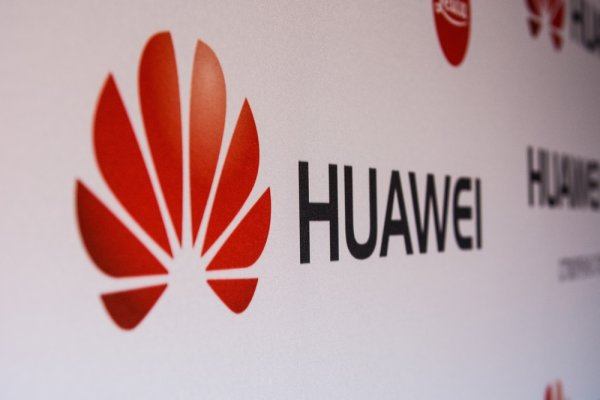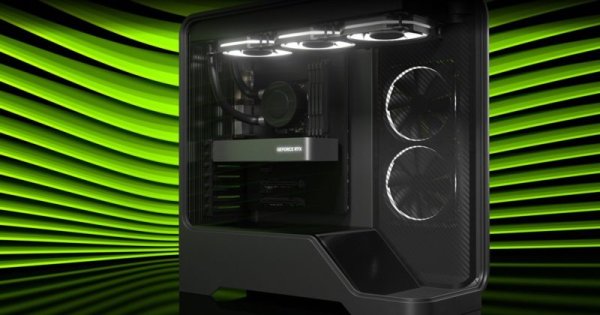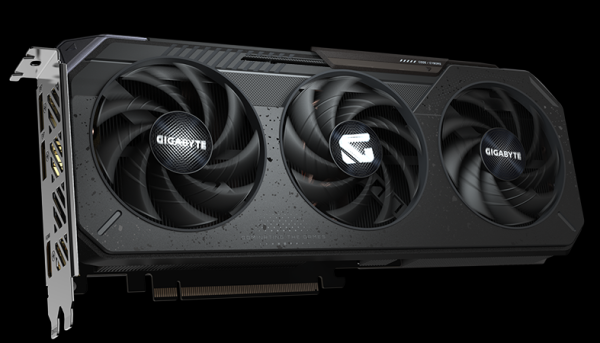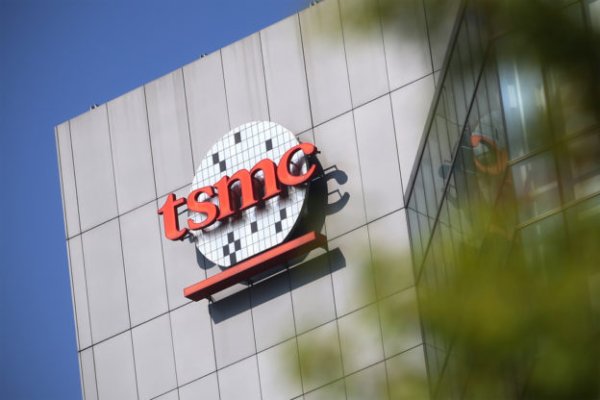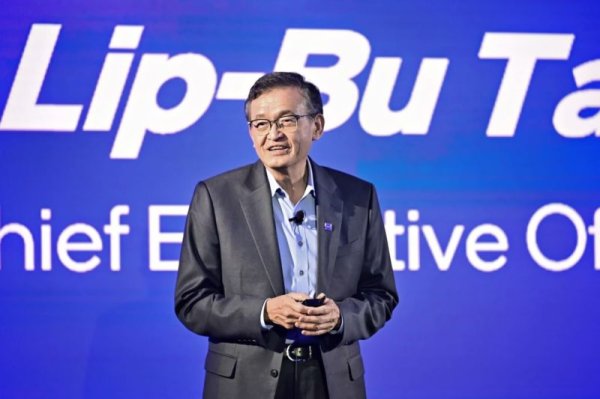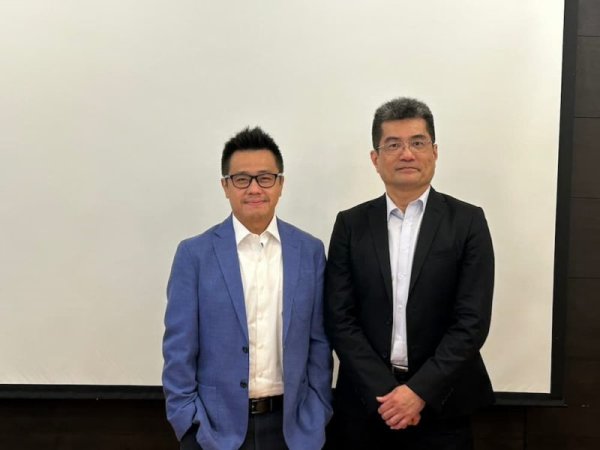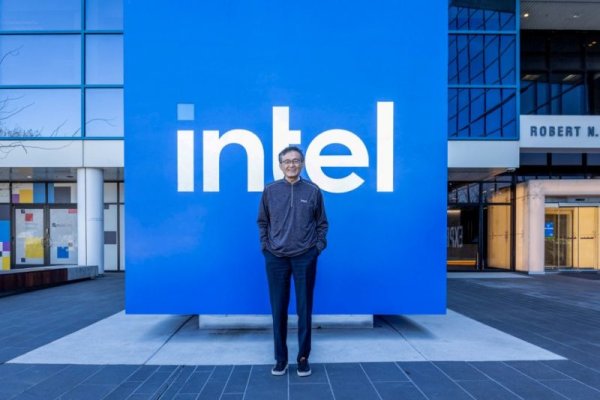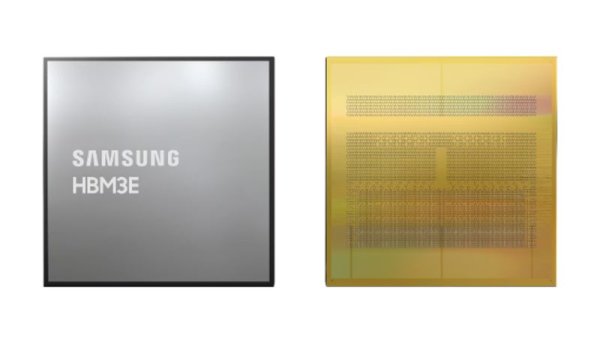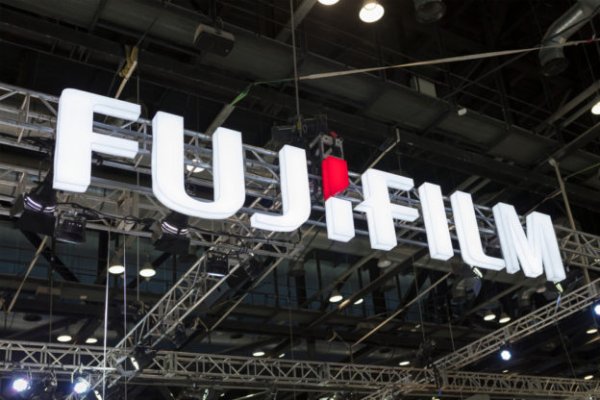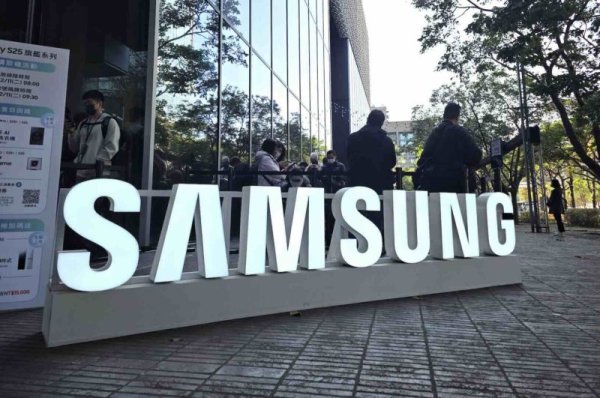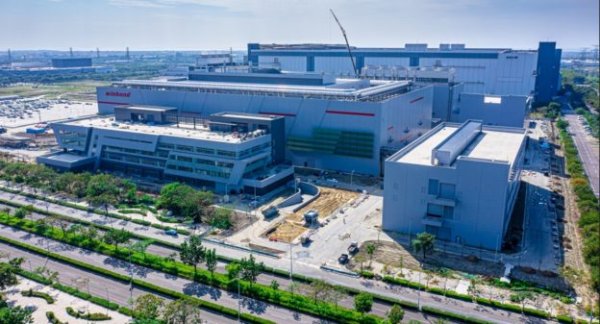It was impossible to open the NVIDIA HBM supply door, Samsung ASIC hotline saw the transfer machine
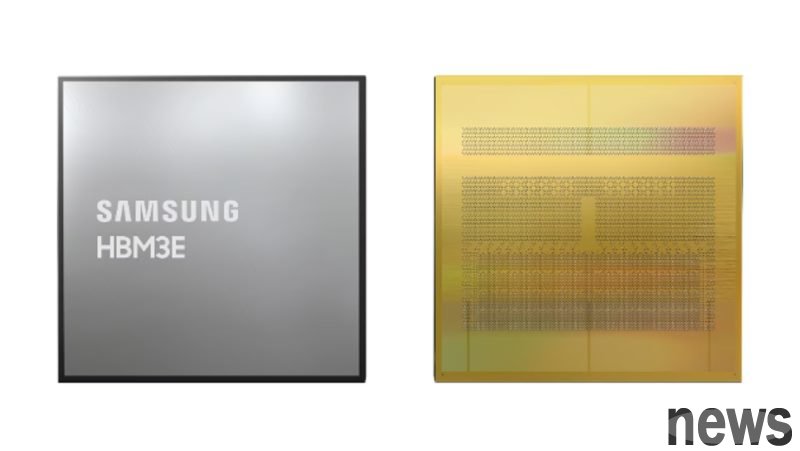
According to the report of the Korean media ZDNet Korea, Samsung's high-frequency broad memory (HBM) market is extremely seeking breakthroughs, especially the trend of global technology manufacturers developing artificial intelligence (AI) chips (ASICs) on their own. Samsung sees new opportunities to supplement the impact of supply delays.
Samsung has confirmed the supply of Broadcom's 12-layer stacking HBM3E. The cooperation was finalized after completing the quality test in June, and quickly entered the quantity production. Market insiders estimate that the two parties estimate that the first time will start in the second half of the year and will be mass-produced by 2026. This batch of HBM3Es is likely to be equipped with Google's next-generation quotation processor (TPU) Ironwood, which is produced in 2026.
Broadcom has strong semi-conductor design and actively assisted technology manufacturers such as Google and Meta to manufacture dedicated AI chips. Although this batch of supply is not large for HBM's annual market, the strategy is of great significance for Samsung, which is urgently needed to ensure HBM orders. Samsung has set a goal of doubling the total HBM supply in 2025 than in 2024.
While cooperating with Broadcom, Samsung has also actively promoted the supply of Amazon's AWS 12-layer stacked HBM3E memory. AWS has recently experienced the local experience factory in Samsung Pingtze Park, and the two sides have made great progress in discussions. AWS Plan 2026 mass-produced AI chip Trainium 3, equipped with 12-layer stacking HBM3E.
The current global large technology companies' self-launched development trend for ASICs continues to increase, and also provides an important turnaround for Samsung's HBM business challenges. Samsung originally planned to supply NVIDIA (NVIDIA) 12-layer stacking HBM3E in the second half of 2024, but in the end it failed to achieve the goal. The main reason is product performance and stability problems. Although Samsung has redesigned the core 10-nanometer 1a process DRAM and was shipped 6 months ago, this plan is currently unavailable.
Market estimates that Samsung will not be able to successfully supply NVIDIA until September as soon as possible. Due to supply uncertainty, Samsung lowered the crop rate of 12-layer stacking HBM3E production lines at the end of the second quarter. Samsung must supply goods smoothly in the second half of the year and compete for more ASIC customers to eliminate the inconsistency that customers are worried about Samsung HBM.


